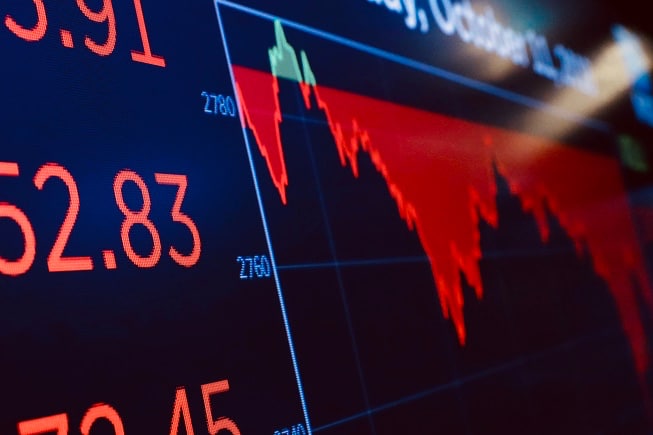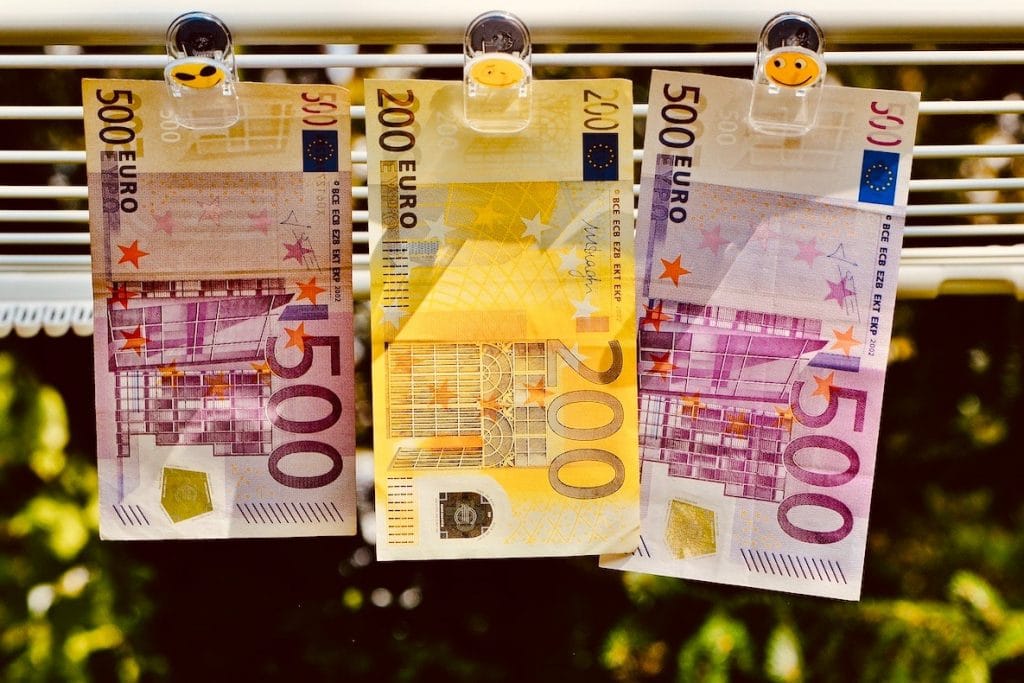Starting in 1990, an exclusive investment fund produced an enviable track record. Over the next 18 years, it would return 11% p.a. Even better, during this long track record, its worst performing month was -0.64%. On average the fund had one negative month per year.
Starting in 1990, an exclusive investment fund produced an enviable track record. Over the next 18 years, it would return 11% p.a. Even better, during this long track record, its worst performing month was -0.64%. On average the fund had one negative month per year.
Starting in 1990, an exclusive investment fund produced an enviable track record. Over the next 18 years, it would return 11% p.a. Even better, during this long track record, its worst performing month was -0.64%. On average the fund had one negative month per year.
In many investors’ eyes, this was the perfect fund: equity-like performance with near-zero volatility. Why suffer the violent gyrations of the equity market when you could gain almost 1% per month regularly?
To some, this looked like something that should not exist in the investment world: a free lunch. A small number of people questioned the returns, but the allure of low volatility double digit returns was just too great.
Finally during the 2008 Great Financial Crisis the tide eventually went out, exposing this fund, managed by Bernie Madoff, to be one of the biggest frauds in financial history. The GFC led to many changes, chief amongst them a move by governments to eliminate future tax-payer bailouts of banks during the next crisis. Banks were either outright banned, or at least dis-incentivised, from conducting some business that involved financing of specific assets. The final goal of this legislation was a reduction of leverage (and therefore risk) of their balance sheet, causing banks to exit many of these sectors.
Into this void many private investment funds stepped in to perform the same function. Initially these were viewed by investors as fringe alternative funds, though in recent years more have been created to meet increasing investor demand, driven primarily by the low-volatility historical performance of the strategies. The underlying investment strategies focused on financing different assets, from real estate mezzanine (similar to a 2nd mortgage), to more esoteric underlying assets, like life insurance and trade receivables.
The marketing pitch is familiar: why suffer market volatility when you can make (5/8/10/12% p.a., take your pick). This sounds enticing in the midst of the current escalating US-China trade war. The majority of these funds show past performance as a near-straight upward sloping line.
Unlike Madoff, most of these are legitimate strategies. However investors need to be forewarned that the future returns will not be the same as the historical ones.
The last decade gave us zero interest rates, limited competition in the financing of less liquid assets, and a strong recovery in risk assets on the back of Quantitative Easing (QE) by all the major central banks. All of these underpinnings have changed.
First, interest rates have started moving up. Anyone who is paying a mortgage will have felt this recently, where rental income generally no longer covers interest payments. Any fund that uses leverage will experience lower returns, given the higher cost of loans. Second, competition is increasing as more funds are entering these markets, which always compresses future returns. Finally, most central banks are no longer in QE mode.
On top of the changing environment, it’s always a good idea to analyse the low-volatility returns, and determine whether the underlying strategy is really low risk, by focusing on two key points.

The first is liquidity: there is usually a mismatch between what the funds provide investors for an exit, and the liquidity of the underlying assets. This is especially true for real estate and life settlements for funds that give quarterly, or even monthly liquidity for investors, but the underlying assets are more difficult to sell within the same time period. A liquidity mismatch causes potential problems if many investors head for the exits at the same time, when the underlying illiquid assets would have to be sold in a rush to meet redemptions.
The second point is determining whether the strategy will continue to be uncorrelated in a crisis. The implied assumption by the marketing pitch is that the returns will continue to be positive in periods when equity market performance is negative. This was correct in 2018, a year that experienced a sharp correction in 4Q, but without a global economic crisis.
One lesson that 2008 should have taught every investor is that most assets (defined as ‘risk’ assets) have a correlation of one on the downside during a full-blown economic crisis. This statement is often incorrectly broadened to all assets, but is actually applicable only to assets and strategies that have underlying risks tied to how well the economy is faring.
While these funds do seem to offer an uncorrelated source of returns during mild bear markets, the underlying assets (with the possible exception of life settlements, that are exposed to a different risk of longer lifespans) are risk assets, and would potentially suffer permanent losses during the next economic crisis, to the surprise of any investor who expected the straight upward line returns to continue.
By LEONARDO DRAGO
Co-founder of AL Wealth Partners, an independent Singapore-based company providing investment and fund management services to endowments and family offices, and wealth-advisory services to accredited individual investors.




